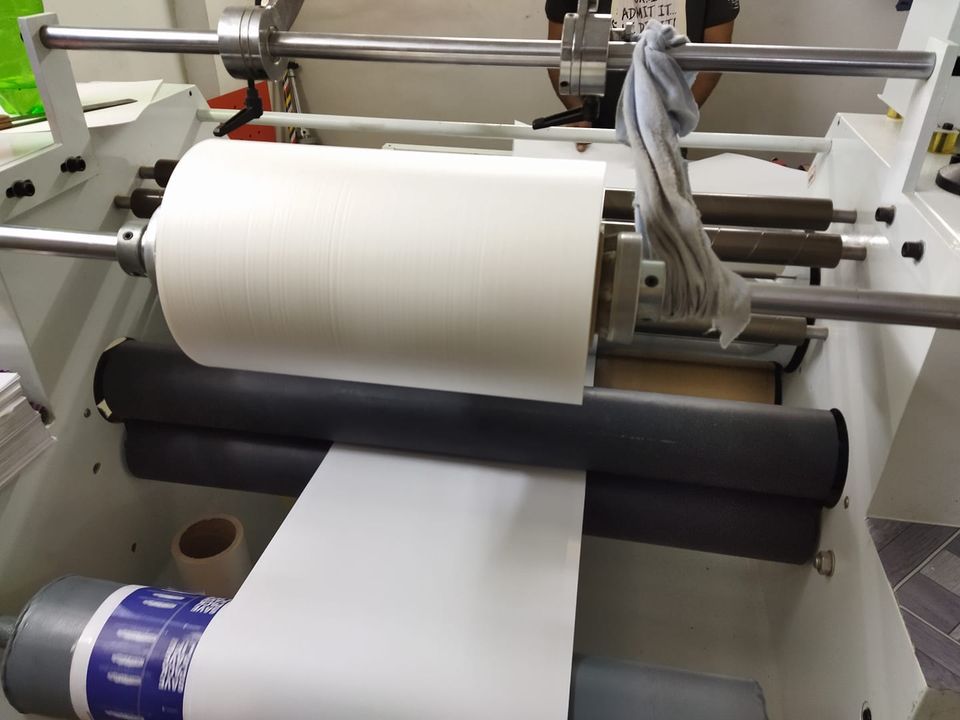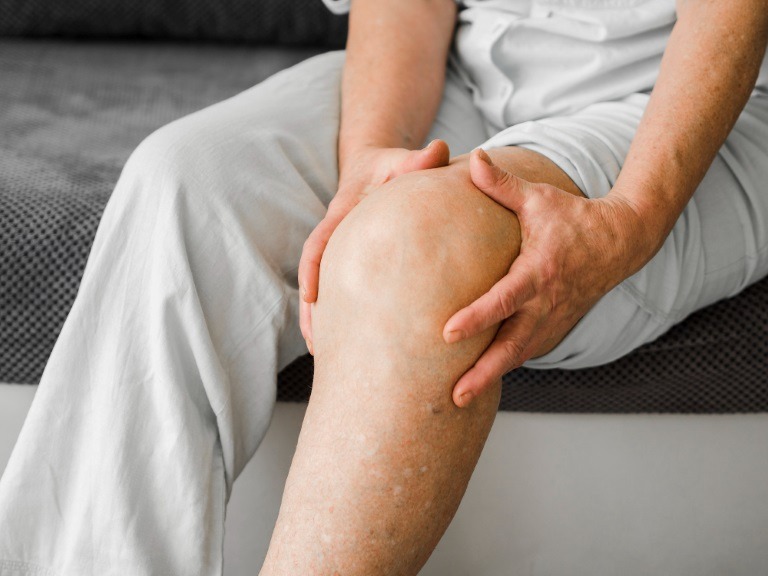
Hot lamination is a popular method for protecting and enhancing printed materials by applying a plastic film layer using heat. This process is widely used in various industries to increase the durability and visual appeal of documents, photographs, and other printed items. However, hot lamination has advantages and disadvantages, just like any other service. This article will explore the pros and cons of hot lamination in detail, providing a comprehensive understanding of when and why this method is suitable.
What is Hot Lamination?
Hot lamination involves using heat to bond a plastic film to the surface of a printed material. The process typically involves a laminating machine that heats the laminating film, which is then pressed onto the document or item. The heat activates the adhesive on the film, creating a strong bond that seals and protects the material.
Pros of Hot Lamination
1. Enhanced Durability
Protection from Physical Damage: One of the primary benefits of hot lamination is its increased durability to printed materials. Laminated items are protected from physical damage, such as tears, creases, and abrasions, making them ideal for frequently handled documents like menus, identification cards, and instructional materials.
Moisture Resistance: Hot lamination creates a waterproof barrier, protecting materials from spills, humidity, and other moisture-related damage. This is particularly useful for items used in environments where exposure to liquids is common, such as kitchens, restaurants, and outdoor settings.
2. Improved Appearance
Vibrant and Professional Look: Hot lamination enhances the visual appeal of printed materials by adding a glossy or matte finish. Glossy lamination makes colours more vibrant and eye-catching, while matte lamination provides a sophisticated and elegant appearance. This improved look benefits marketing materials, brochures, business cards, and photographs.
Consistency and Quality: Laminated materials have a consistent finish that eliminates imperfections like smudges and fingerprints. This uniform appearance is crucial for businesses that maintain a high-quality image across their printed materials.
3. Ease of Cleaning and Maintenance
Easy to Clean: Laminated surfaces are easy to clean and maintain. The plastic coating can be wiped down with a damp cloth without damaging the print. This is especially important for menus, educational materials, and healthcare information that must remain hygienic and presentable.
4. Cost-Effectiveness
Long-Term Savings: Although the initial cost of hot lamination can be higher than some other methods, it leads to long-term savings by extending the lifespan of printed materials. Laminated items require fewer replacements, reducing the overall cost over time.
Reduced Replacement Costs: Hot lamination can significantly reduce the need for replacements for documents and materials that are used frequently. This is particularly important for training manuals, instructional charts, and signage that would otherwise wear out quickly.
5. Versatility
Wide Range of Applications: Hot lamination can be applied to various materials, including paper, cardstock, and photographs. This versatility makes it suitable for projects from small office documents to large-format posters and banners.
Customisable Options: Hot lamination services offer various finishes and thicknesses, allowing for customisation based on the project’s specific needs. Whether you need a glossy, matte, or satin finish or a thin or thick laminate, options are available to meet your requirements.
Cons of Hot Lamination
1. Cost Considerations
Initial Investment: The initial cost of hot lamination services can be relatively high, especially for large volumes of materials. This can be a significant consideration for small businesses or individuals with limited budgets.
Cost of Equipment: If you choose to laminate materials in-house, purchasing and maintaining laminating equipment can be substantial. Additionally, you will need to purchase laminating film or pouches, which can add to the overall expense.
2. Environmental Impact
Plastic Waste: Hot lamination involves plastic films, which contribute to environmental waste. Disposing laminated materials can be problematic, as the plastic coating makes them more challenging to recycle. This environmental impact is an important consideration for businesses and individuals aiming to reduce their ecological footprint.
Energy Consumption: The hot lamination process requires energy to heat the laminating film and adhere it to the printed material. This energy consumption can contribute to the overall carbon footprint of the lamination process.
3. Potential for Imperfections
Bubbles and Wrinkles: If the hot lamination process is not performed correctly, there is a risk of bubbles and wrinkles forming between the laminated layers. These imperfections can detract from the appearance and effectiveness of the laminated material. Ensuring proper alignment and adhesion during the lamination process is crucial to avoid these issues.
Peeling and Delamination: Over time, laminated materials can be prone to peeling or delamination, where the laminate film starts to separate from the printed material. This can occur due to poor-quality laminating film, improper application, or extended exposure to harsh conditions.
4. Limitations on Use
Inflexibility: Laminated materials can be less flexible than non-laminated ones. This inflexibility can make laminated documents more difficult to fold or manipulate. Hot lamination may not be the best option for items that need to be folded or bent.
Thickness and Weight: Hot lamination adds thickness and weight to printed materials. While this can enhance durability, it may not be suitable for all applications. For instance, laminated pages in a book can make it bulkier and heavier, potentially affecting its usability.
5. Alterations and Updates
Difficulty in Making Changes: Once a document is laminated, making changes or updates can be challenging. If you need to modify the content of a laminated document, you will need to reprint and laminate the updated version, which can be time-consuming and costly.
Limited Writable Surface Options: While some types of lamination create writable surfaces, not all laminated materials can be written on. This limitation can restrict the functionality of laminated documents that must be annotated or updated regularly.
Practical Applications of Hot Lamination
1. Business and Marketing Materials
Marketing Collateral: Hot lamination is commonly used for marketing materials such as brochures, flyers, and posters. The added durability and enhanced appearance make these materials more effective in attracting and retaining customer attention.
Business Cards: Laminating business cards provides a professional look and protects them from wear and tear, ensuring they remain presentable over time.
2. Educational Tools and Resources
Teaching Aids: Laminated teaching aids, such as flashcards, charts, and maps, are more durable and can withstand frequent use by students and teachers.
Student Projects: Laminating student projects and assignments protects them and gives them a polished, professional look, making them suitable for display or presentation.
3. Personal Documents and Keepsakes
Photographs: Laminating photographs protects them from moisture, fingerprints, and fading, ensuring they remain pristine for years.
Certificates and Diplomas: Important documents like certificates and diplomas benefit from lamination, which protects them from damage and deterioration.
4. Event Materials and Signage
Event Signage: Laminated event signage is more durable and resistant to environmental factors, ensuring it remains clear and legible throughout the event.
Badges and Passes: Laminated badges and passes are essential for maintaining security and organisation at events. They are more durable and resistant to tampering.
Conclusion
Hot lamination services offer numerous benefits, including enhanced durability, improved appearance, ease of cleaning, cost-effectiveness, and versatility. These advantages make hot lamination a valuable solution for protecting and enhancing various printed materials in various applications, from business and education to personal use and events.
However, it is essential to consider the potential drawbacks of hot lamination, such as the initial cost, environmental impact, risk of imperfections, inflexibility, and difficulty in making changes. By weighing the pros and cons, you can decide whether hot lamination is the right choice for your specific needs.
Ultimately, the decision to use hot lamination services will depend on your project’s specific requirements, your budget, and your commitment to sustainability. When used appropriately, hot lamination can provide significant benefits that enhance the quality and longevity of printed materials, making it a worthwhile investment for many applications.
This article is posted on TangaShop.

 Knee pain is a common ailment that affects individuals of all ages. Whether it’s due to injury, overuse, or underlying medical conditions, knee pain can significantly impact daily activities and overall quality of life. Kuala Lumpur, the bustling capital of Malaysia, offers a wide range of
Knee pain is a common ailment that affects individuals of all ages. Whether it’s due to injury, overuse, or underlying medical conditions, knee pain can significantly impact daily activities and overall quality of life. Kuala Lumpur, the bustling capital of Malaysia, offers a wide range of 